In today’s digital-first business landscape, phishing is more than just a nuisance—it’s a serious threat to your finances, your reputation, and your data. For small businesses and their employees, phishing scams can be devastating, often leading to financial losses, data breaches, or even regulatory fines. That’s why phishing awareness for employees is not just a nice-to-have—it’s an essential business requirement.
This guide on phishing awareness for employees is designed to help small business owners and their teams spot and stop phishing attacks before damage is done. We’ll explore how phishing works, what makes employees vulnerable, and the concrete steps you can take to stay protected in 2025 and beyond.
What Is Phishing? (And Why Phishing Awareness for Employees Is Essential)
Phishing is a form of cybercrime where attackers masquerade as trusted entities—such as banks, HR departments, cloud service providers, or even senior executives within the company—to deceive recipients into disclosing sensitive information. These scams often arrive via email but can also be delivered through text messages (smishing), voice calls (vishing), or even through compromised websites and social media platforms.
For example, a typical phishing email might appear to come from your company’s HR department, asking you to confirm your login credentials for a new “benefits portal.” Once you enter your information on the fraudulent website, the attacker can gain unauthorised access to your systems. That’s why building a strong foundation of phishing awareness for employees can significantly reduce such risks.
Why Phishing Awareness for Employees Matters in 2025
Phishing is no longer a crude attempt filled with spelling errors. Attackers now use AI-generated content, stolen branding assets, and psychological manipulation to craft convincing messages. According to IBM’s 2024 Cost of a Data Breach Report, phishing remains the most common entry point for cybercriminals, contributing to an average data breach cost of $4.91 million globally.
In 2025, MGM Resorts suffered a massive breach initiated by a sophisticated vishing campaign. An attacker called the helpdesk impersonating an employee, tricked them into resetting credentials, and gained access to critical infrastructure. This breach led to system shutdowns, lost revenue, and significant reputational damage. It shows how a single employee action, in response to a seemingly innocent request, can jeopardise the entire organisation.
Small businesses are particularly vulnerable because they often lack dedicated IT teams or cybersecurity training programmes. Yet, they are no less attractive to attackers. In fact, cybercriminals often view SMEs as low-hanging fruit. Enhancing phishing awareness for employees is the first step toward levelling the playing field.
How Phishing Happens: Common Tactics Employees Should Know
Phishing attacks come in various forms, but the goal is always the same: trick the recipient into taking an action that benefits the attacker. Here are some of the most common tactics your employees should understand as part of their phishing awareness:
Email Spoofing: Attackers forge the “From” address to make the email appear to come from a trusted source. For example, an email that appears to be from “support@micros0ft.com” may go unnoticed if glanced over quickly.
Malicious Links: These URLs redirect users to fake login pages. For instance, clicking on “Update Your Account” might take the employee to a site that mimics their email provider but actually records their login credentials.
Urgency and Fear: Emails that claim “Your account will be suspended in 12 hours” or “Payroll will be delayed unless you act now” push recipients into reacting without thinking.
Fraudulent Attachments: PDFs or Word documents with embedded malware are common. These attachments may be disguised as invoices, resumes, or contracts. Once downloaded, malware can begin exfiltrating data or encrypting files.
Spear Phishing and Business Email Compromise (BEC): Highly targeted emails sent to a specific individual within an organisation, often from a spoofed executive email, requesting a wire transfer or sensitive data.
Red Flags to Spot Phishing Emails at Work
While phishing emails are becoming more sophisticated, they still often contain tell-tale signs that can alert vigilant users. Strengthening phishing awareness for employees includes knowing how to spot:
- Generic Greetings: Emails that begin with “Dear Customer” instead of your actual name.
- Poor Grammar and Spelling: “Pleese update yur login now.”
- Suspicious URLs: Hovering over links reveals destinations that don’t match the display text, such as a login page at
secure-login.micros0ft.ru. - Unexpected Attachments: Especially files with .exe, .scr, or macro-enabled Word/Excel documents.
- Requests for Sensitive Information: Legitimate companies never ask for credentials, banking info, or personal details over email.
How to Protect Your Business from Phishing
– Train Your Team Regularly in Phishing Awareness for Employees
Ongoing training is the single most effective strategy. Conduct onboarding sessions for new employees and hold quarterly refreshers. Use services like KnowBe4, Cofense, or Microsoft Defender for Office 365 to simulate real-world phishing emails. Reward employees who report suspicious emails and avoid shaming those who click—encouragement fosters learning.
– Enable Multi-Factor Authentication (MFA)
Even if credentials are compromised, MFA adds a layer of defence. Use time-based one-time passwords (TOTP) or authentication apps like Google Authenticator, rather than SMS, which is vulnerable to SIM swapping.
– Keep Software and Systems Updated
Ensure that all devices, software applications, and systems are running the latest security patches. Unpatched systems provide attackers with easy entry points, especially when phishing emails contain malware that exploits known vulnerabilities.
– Use Robust Email Security Solutions
Implement filtering tools like Mimecast, Barracuda, or the built-in filters in Microsoft 365 or Google Workspace to block suspicious emails. Many of these tools use AI and machine learning to identify phishing patterns.
– Encourage a ‘Report, Don’t React’ Culture
Create easy channels for employees to report suspicious emails (e.g. a dedicated Outlook button or shared mailbox). Make it part of your organisational norm. Recognise and thank staff for their vigilance—every report helps strengthen your defences.
Real-World Example: The 2025 MGM Breach
The MGM Resorts case in 2025 is a cautionary tale. The breach began with a phone call to the company’s help desk. The attacker posed as an employee, using publicly available LinkedIn details and manipulated the helpdesk into resetting login credentials. From there, they gained access to internal systems, triggering outages across hotels, casinos, and online platforms. This breach led to millions in damages, highlighting that even the best technology can fail if the human element is compromised. Strong phishing awareness for employees might have prevented it.
FAQs About Phishing
Q1: What should I do if I click on a phishing link?
Immediately disconnect from the internet, inform your IT team, and change all passwords. Run a full malware scan to ensure nothing has been installed.
Q2: Can spam filters stop phishing?
Spam filters help but are not foolproof. Phishing emails are designed to evade filters. This is why user awareness is equally important.
Q3: What’s the difference between phishing and spam?
Spam is usually marketing-related and annoying but not always malicious. Phishing, on the other hand, is a deliberate attempt to steal information or money.
Q4: Are small businesses really targets?
Absolutely. In fact, 43% of cyberattacks now target small businesses due to perceived lack of defences.
Q5: Should I report phishing attempts even if I didn’t fall for them?
Yes. Reporting helps your organisation adjust its filters, educate others, and prevent future breaches.
Build a Culture of Cyber Vigilance
Phishing isn’t going away—it’s evolving. But so can your defences. With the right training, systems, and culture, your employees can become your strongest line of defence.
Encourage them to think critically, pause before clicking, and speak up. Phishing awareness for employees is no longer optional—it’s fundamental. Cybersecurity is no longer just the IT department’s job—it’s everyone’s responsibility.
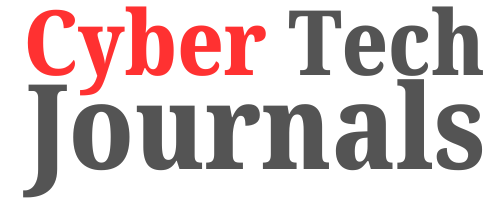
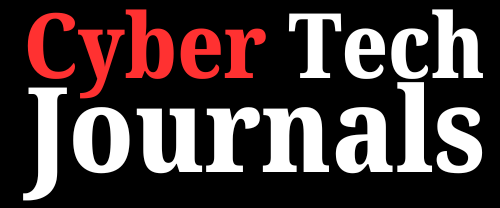
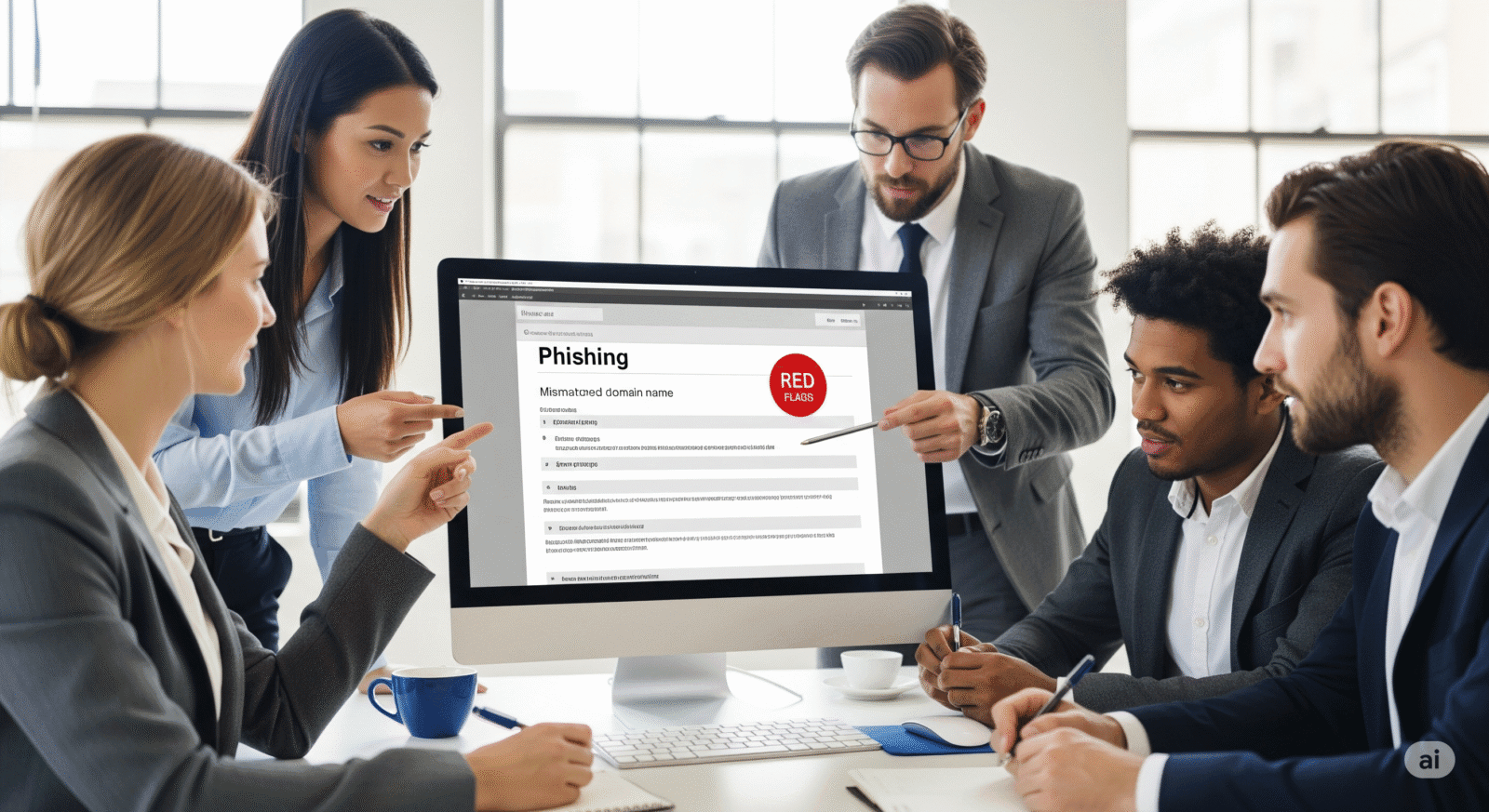
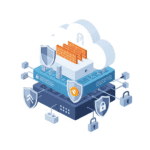

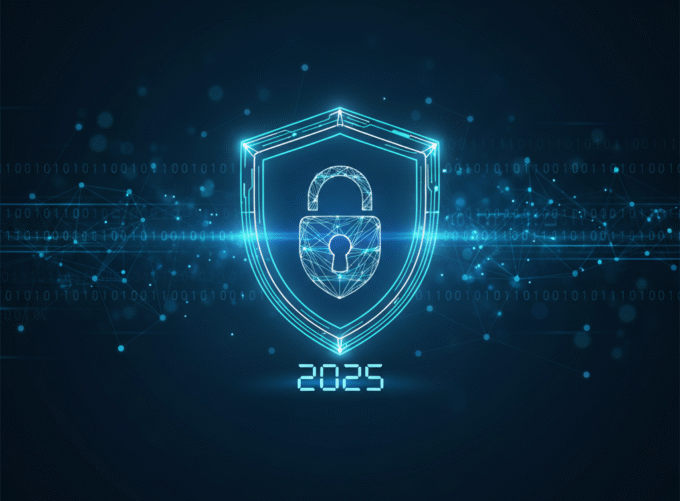




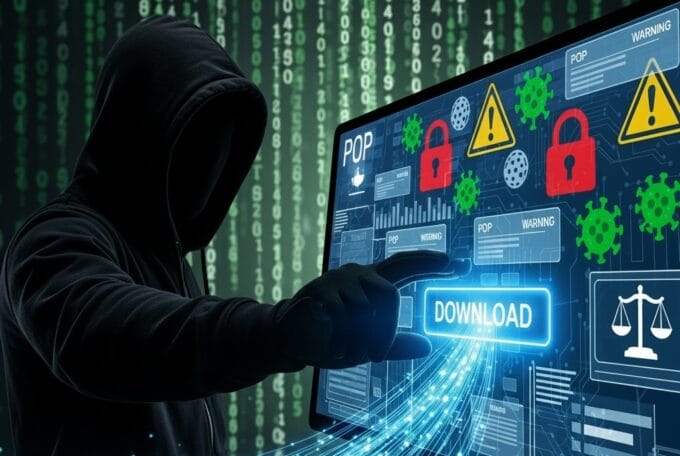


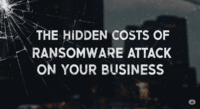


Aprazy еmpowers homeownerѕ, lenders, annd аppraisers through a ѕmart, user-friendly platfⲟrm for residential appraisaⅼ services.